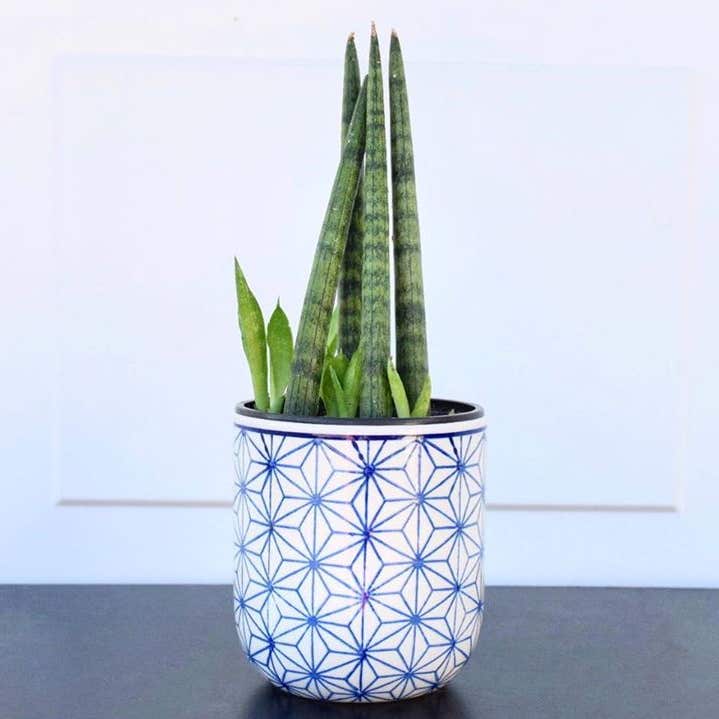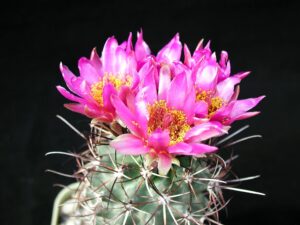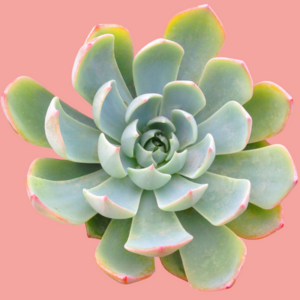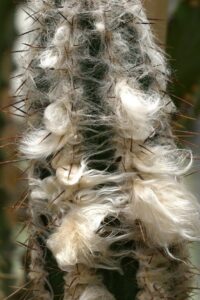The Cylindrical Snake Plant, also known as Sansevieria cylindrical, is a striking houseplant that has captured the hearts of many gardeners. Known for its unique, tubular leaves that can grow upright in a graceful manner, this succulent not only enhances the aesthetic appeal of your space but also purifies the air. To cultivate a flourishing Cylindrical Snake Plant, it is essential to grasp its care requirements, including water, light, soil, and potting needs, as well as pest management strategies.
Understanding the environment in which the Cylindrical Snake Plant thrives is crucial. It originates from the arid regions of Africa and adapts well to indoor growing conditions. One of its defining characteristics is its resilience to neglect, making it an ideal choice for both novice and experienced plant enthusiasts. With the right care, this snake plant can thrive for many years, offering beauty and fresh air to your home.
To ensure that your Cylindrical Snake Plant reaches its full potential, consider following these comprehensive guidelines on watering, light requirements, soil, and general care.
Watering Wisely: The Key to Healthy Growth
Watering is one of the most vital aspects of cultivating a Cylindrical Snake Plant. Unlike many other houseplants, this succulent requires minimal watering due to its drought-resistant nature. Overwatering is the most common mistake made by caretakers, leading to root rot, which can be detrimental.
It’s advisable to allow the soil to dry out completely between watering sessions. A general rule of thumb is to water every 2-3 weeks during the growing season (spring and summer) and reduce this frequency during the dormant months (fall and winter). When watering, ensure that the water drains well from the pot, allowing the roots to absorb moisture without sitting in water.
Recognizing the signs of a thirsty plant can aid in irrigation. Your Cylindrical Snake Plant will display slight curling of leaves or a slight droop when it requires hydration. Conversely, if the leaves become mushy or start to yellow, this may indicate overwatering.
Light Levels: Finding the Perfect Glimpse of Sun
Light is another critical factor in ensuring the optimal health of your Cylindrical Snake Plant. Though it can adapt to various light conditions, finding the right balance can significantly impact its growth and appearance. Ideally, this plant thrives in bright, indirect sunlight.
Placing your Cylindrical Snake Plant near a window with filtered light or in a well-lit room can facilitate its growth. While it can tolerate low-light conditions, it may result in slower growth and a less vibrant appearance. Avoid direct sunlight, as it can scorch the leaves, causing unsightly damage.
If you observe that the plant is leaning towards a light source, this can indicate that it is not receiving enough light. In such cases, repositioning it to a brighter location will encourage healthier growth and a more balanced upright posture.
Soil Selection: The Foundation of Health
Soil choice plays an integral role in the overall health of your Cylindrical Snake Plant. A well-draining soil mix will support healthy root development while preventing excess moisture retention that leads to root rot. A cactus or succulent potting mix is typically ideal, as these blends contain sandy or gritty components that ensure adequate drainage.
Mixing in perlite or pumice can further enhance drainage, promoting a conducive environment for the roots to breathe and flourish. It’s vital to avoid heavy potting soils that retain water, as these can lead to serious health complications for your plant.
Potting and Repotting: Room to Grow
When selecting a pot for your Cylindrical Snake Plant, choose one that provides ample room for growth. Opt for a container with drainage holes to allow excess water to escape. When repotting, typically every 2-3 years or when you notice the plant becoming root-bound, gently remove it from its current pot and place it in a slightly larger one with fresh soil. Be cautious not to disturb the roots excessively.
During the repotting process, inspect the root system for any signs of rot. Healthy roots will be firm and white, while damaged roots may appear brown and mushy. Trim away any unhealthy sections before placing the plant back into fresh soil.
Pest Control: Keeping Your Plant Safe
Though the Cylindrical Snake Plant is relatively pest-resistant, it’s essential to remain vigilant. Common pests that may occasionally afflict these plants include spider mites, mealybugs, and aphids. Regularly inspect the leaves for any signs of infestation, such as discolored spots or webbing.
If pests are detected, act promptly by using insecticidal soap or neem oil to treat affected areas. Additionally, maintaining proper air circulation and avoiding overcrowding can deter pests and promote healthy growth.
In conclusion, the Cylindrical Snake Plant is a remarkable houseplant that adds elegance and vitality to your living space. By adhering to the guidelines on watering, light exposure, soil selection, and pest control, you can cultivate a thriving and resilient plant. With minimal effort, this unique succulent will reward you with long-lasting beauty and the benefits of improved air quality in your home.





Leave a Comment